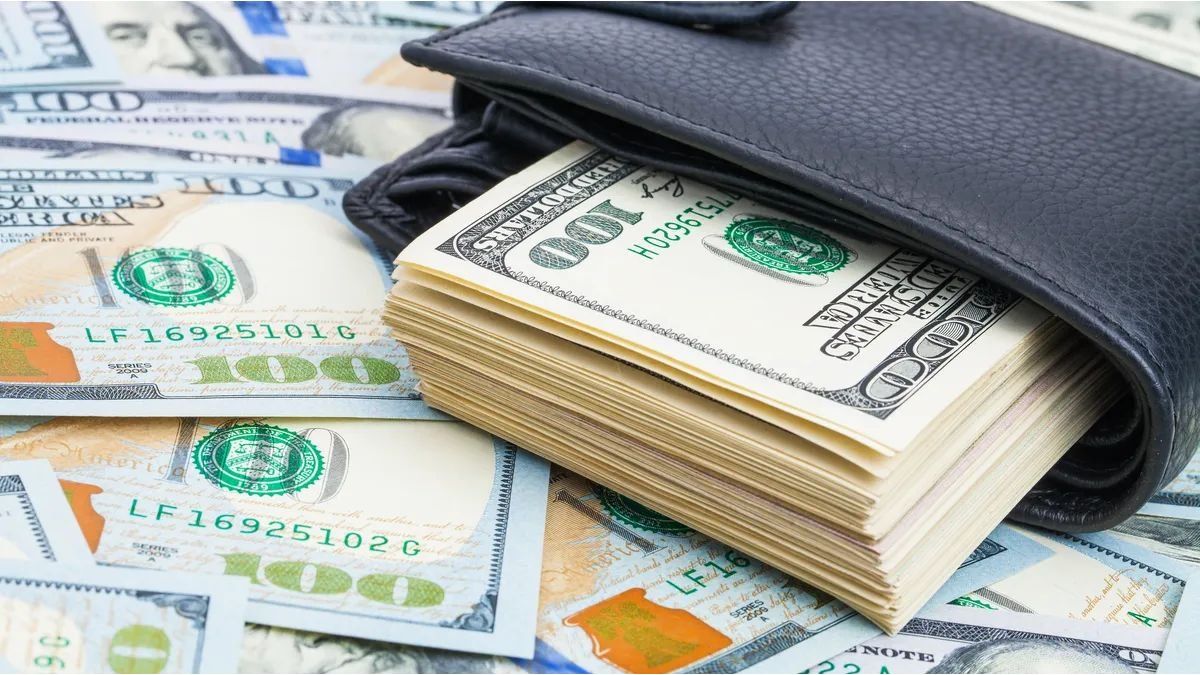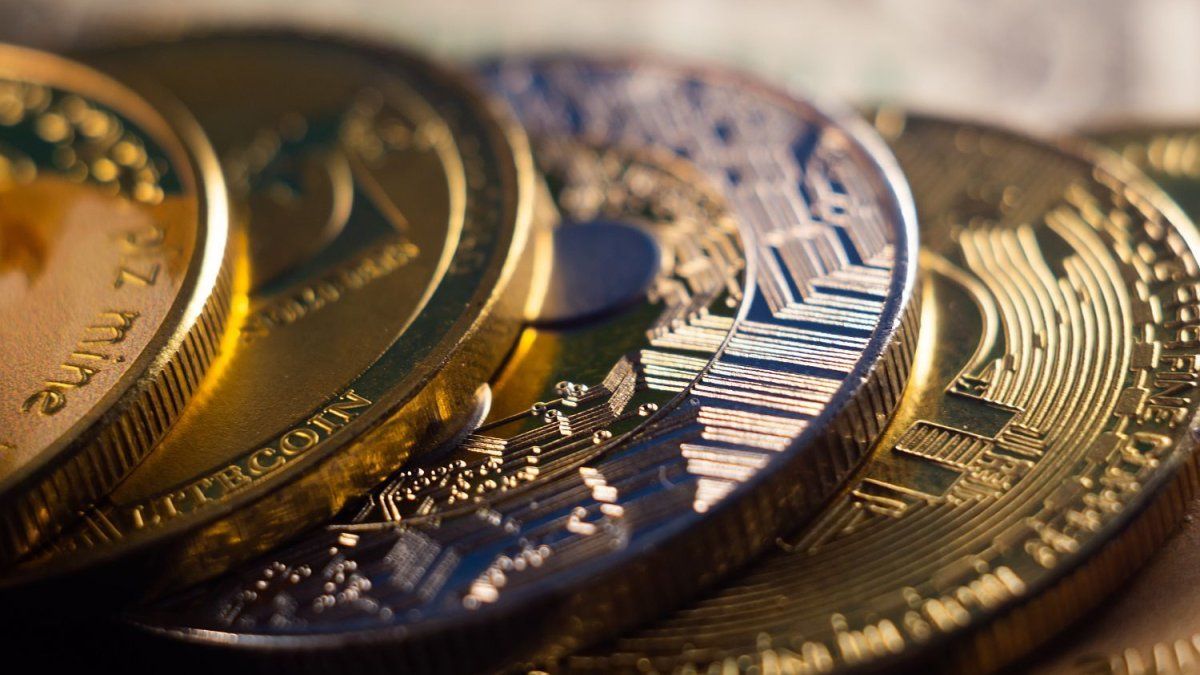With the beginning of September the quota of US$200 is renewed that people with the ability to save can purchase at the retail dollar price, plus taxes. The gap with the MEP increased slightly in the last month, due to the stability of stock market prices, influenced by the intervention of the Central Bank (BCRA).
Since January, the price of the official dollar has risen steadily below general inflation. Therefore, according to the BCRA itself, The real exchange rate erased almost all of the increase it had experienced since the devaluation in Decemberwhich reflects that the country is becoming expensive in dollars.
The appreciation of the local currency against the “greenback” occurs in a context of strict restrictions and does not respond to a strengthening of reserves, which is why Devaluation expectations remain latentdespite the fact that the Government ruled out lifting the currency controls in the short term and the exchange rate gap remains contained by the intervention of the monetary authority.
For savers who want to cover themselves against a possible devaluation in the future, one of the legal ways to do so is through the purchase of savings dollars, also known as “solidarity” or “card”. The current exchange rate for this type of exchange is that of the retailer, but with a 60% surcharge in taxes, thus rounding off a value of $1,551.20.
How does the reduction of the PAIS tax impact the savings dollar?
This week the Minister of Economy, Luis Caputo, confirmed that Starting in September, the PAIS Tax rate will be reduced from 17.5% to 7.5%.
However, this reduction will only apply to imports. Neither the purchase of dollars for hoarding nor credit card transactions in foreign currency will benefit from this measure.
In August the “savings” dollar detached itself from the MEP
With just a few days left in the month, In August, the savings dollar accumulated a rise of 1.9%in line with the “crawling peg” established by the BCRA for the wholesale exchange rate, which governs foreign trade operations.
In parallel, the dollar MEP fell 0.6% in the same period and is currently trading at around $1,285. In addition to being around $265 cheaper than the “solidarity” one, the purchase of MEP has the advantage that there is no quantity limit.
It is worth noting that the Financial dollar quotes are controlled by the BCRAwhich in recent days has intensified its intervention to defend a ceiling of $1,300.
In July the monetary authority eliminated the restriction to acquire MEP those who received assistance from the State during the Covid-19 pandemic, those who receive subsidies for energy rates or are holders of mortgage loans, and those who do not receive a stable income. This added a new appeal to the so-called “stock market” dollar.
The MEP can also be purchased from a bank or a stockbroker.In some cases, financial institutions carry out the entire transaction, while in others, it is the person who must first buy the AL30 bond (or the GD30) in pesos, and then sell it in dollars, respecting the 24-hour “parking” period (time during which the title must be immobilized).
Who cannot buy MEP dollars?
The following people cannot buy MEP dollars:
- Those who have purchased solidarity dollars in the last 90 days
- Those who plan to buy solidarity dollars in the next 90 days
Who cannot buy savings dollars?
The following people cannot buy savings dollars:
- Those who bought MEP or CCL dollars in the last 90 days.
- Those who received salaries in 2020 through the Production and Work Assistance (ATP) program.
- Those who receive social plans or state aid such as the Universal Child Allowance (AUH).
- Monotributistas who have current loans at a subsidized rate.
- Those who do not have their income declared.
- Co-holders of bank accounts.
- Those who spent their $200 limit with their card, which includes paying for services such as Netflix or Spotify in dollars.
- Those who have a 12-installment payment plan for credit card debts.
- Those who refinanced their debts with banks for personal, collateral or mortgage loans.
- Recipients of the income booster paid in May and June 2022.
- Those who receive state subsidies for the payment of electricity and gas rates from September 2022.
- People who enter the pension moratorium to retire without having made the 30 years of mandatory contributions.
- Registered workers, retirees and pensioners of ANSES who have access to the new loans of up to $400,000.
Source: Ambito




